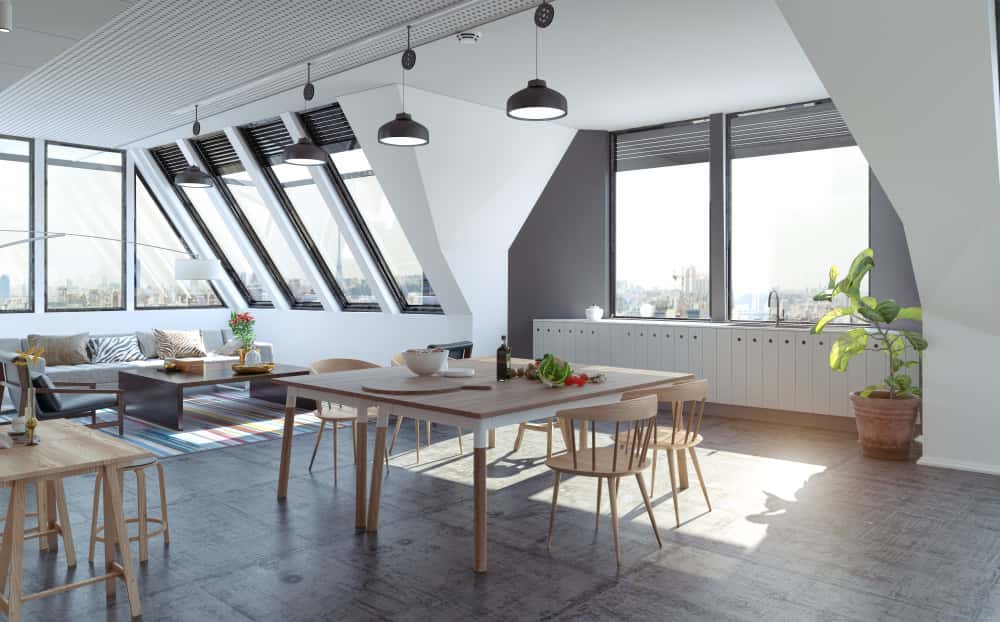You can’t conceive a home without windows, can you? After all, windows keep a house ventilated, offer great views, and let in natural light. Without windows, a house will be stuffy and gloomy, not to mention claustrophobic.
There are many types of windows for you to choose from. For example, single and double-hung windows, casement windows, bay windows, sliding windows and picture windows.
There is another type of window that offers many advantages. It has been used for centuries. These are called clerestory windows. In this blog, we’re going to dive deep into the nature of clerestory windows and their advantages and disadvantages. We’ll also show you some stunning clerestory-themed architecture that will light up your home, literally.
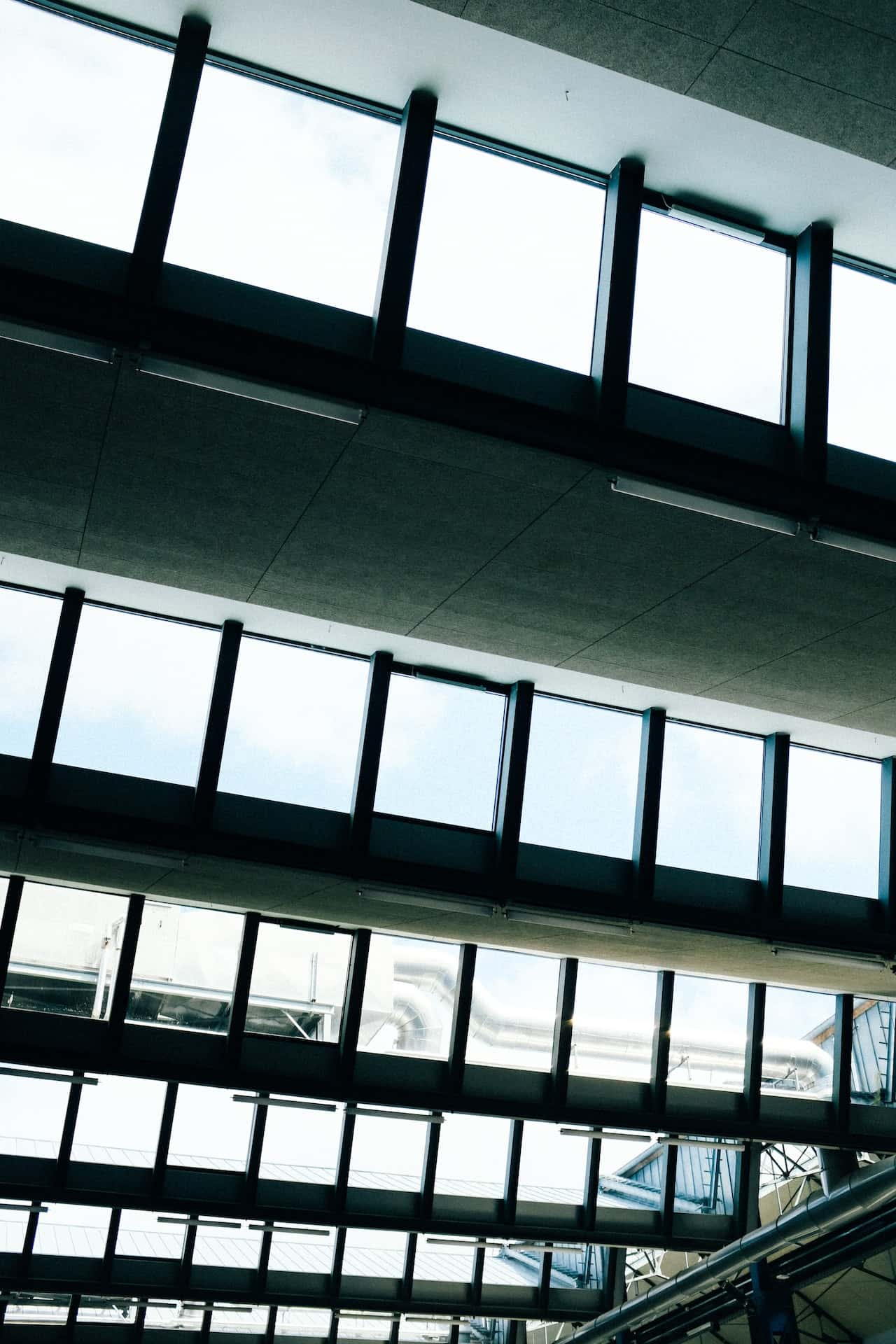
What are Clerestory Windows?
Clerestory windows were first used in ancient Egypt, among other civilisations. The idea behind them was to light up dark spaces. In temples and other grand structures, slits were made in slabs of stone to let light in.
The idea soon caught on. Clerestory windows have also been found in the churches, halls and monuments of the Greeks, the Romans, etc. In this way, they provide necessary light and air to interior spaces. The origin of the word is from “clear”, meaning luminous, and “story”, meaning an upper floor.
If you’ve ever visited European cathedrals and other such monuments elsewhere in the world, you must have noticed shafts of light shining down on the ground. Look up, and you will see the clerestory windows that let the light in.
In architecture nowadays, clerestory windows refer to those that are set high up, above eye level. They aren’t only for large and grand spaces. Clerestory windows are also to be found in many houses and dwellings.
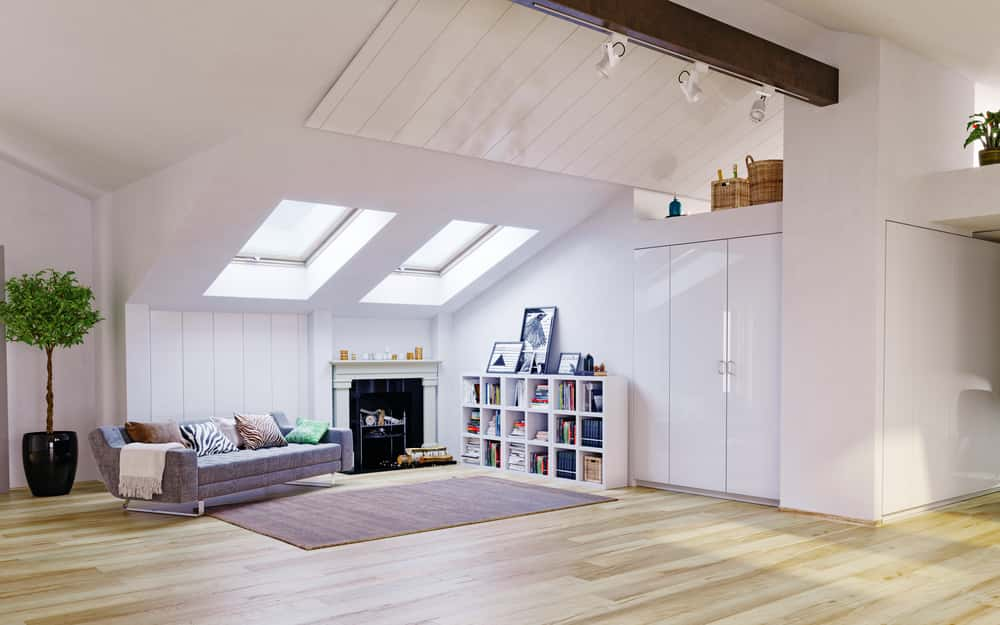
Advantages and Disadvantages of Clerestory Windows
Before deciding on having clerestory windows in your own home, you should be clear of their benefits and drawbacks. That is what we are going to deal with in this section.
First, the advantages.
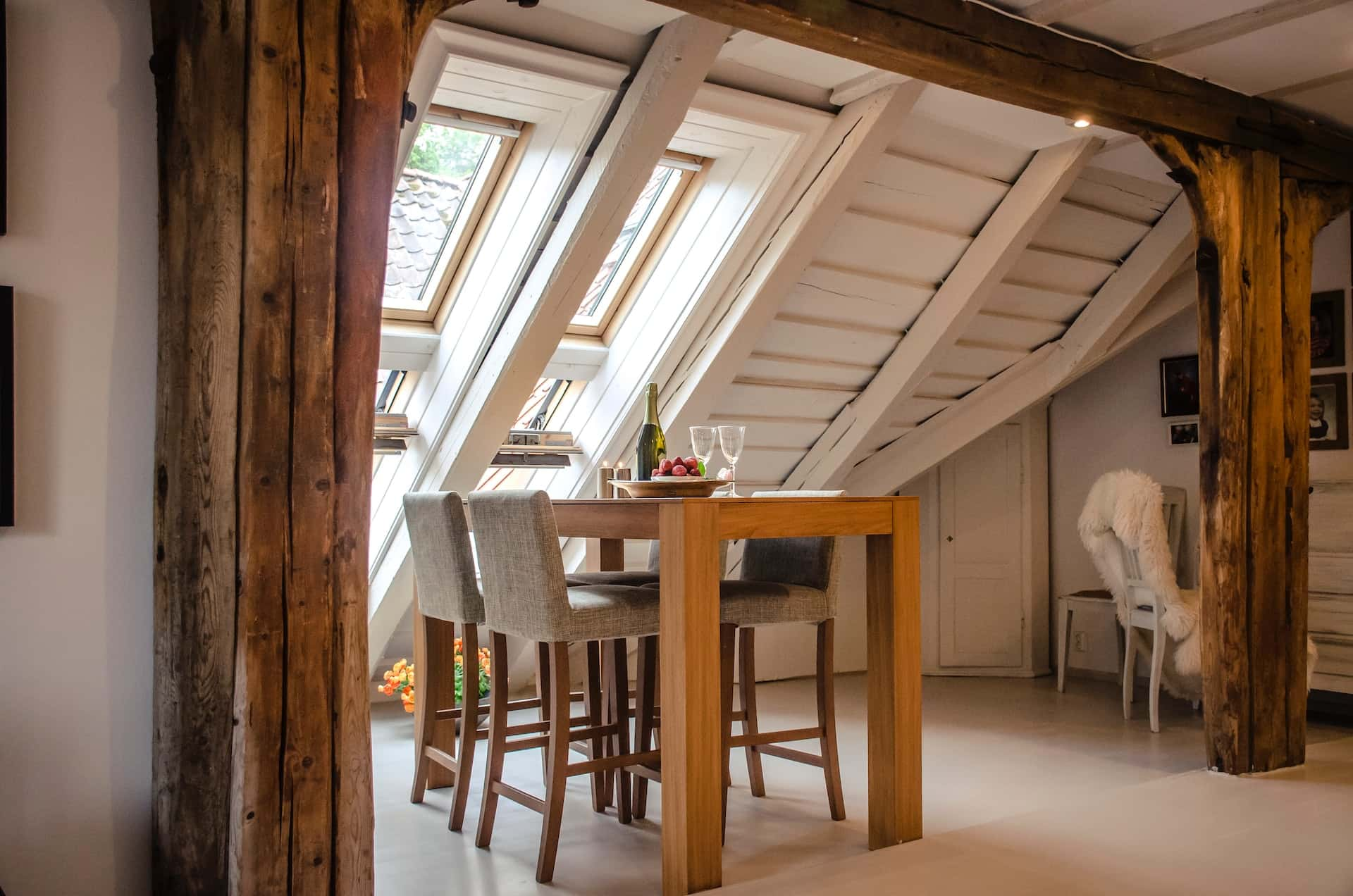
Light
Clerestory windows allow more natural light into rooms. This creates a sense of space and comfort. It can be a great help in places such as kitchens and other rooms that are otherwise cut off from sources of light.
Ventilation
When kept open, clerestory windows also let in the fresh air. They can be fitted with exhaust fans to help this process. Naturally, this results in houses that are airy and fresh.
Temperature
In some climates, clerestory windows have a cooling effect. This is because they let rising hot air out of the house. At other times, natural light can keep the room warm.
Maintenance
Clerestory windows do not need any special maintenance or café. Typically, they are built into the structure of the building. They remain in good working condition for a long time.
Aesthetics
Clerestory windows can add style and class to rooms. Their design can enhance the aesthetic appeal of almost any interior.
Privacy
In some urban spaces, where buildings are close together, clerestory windows are a way of letting in light and air without sacrificing privacy. This is because they are located high up, on or near the roof.
Now, let’s look at some potential drawbacks.
Energy Costs
In some types of weather and locations, clerestory windows can considerably heat up a room. This can mean greater electricity bills for fans or air conditioning.
Cleaning
Though clerestory windows need no special maintenance, they can sometimes trap a lot of dust and other debris. This means they will require frequent cleaning. This is especially the case when it comes to clerestory roof design.
Installation
Ideally, clerestory windows should be installed at the time of house construction. At other times, they require special care and extra work, as they are created from the building exterior itself.
Some Striking Clerestory Window Ideas
There are several types of designs for clerestory windows. The right type depends on factors such as the height of the space, the nature of the roof and the purpose of the windows. Here are some of the most popular.
Pitched
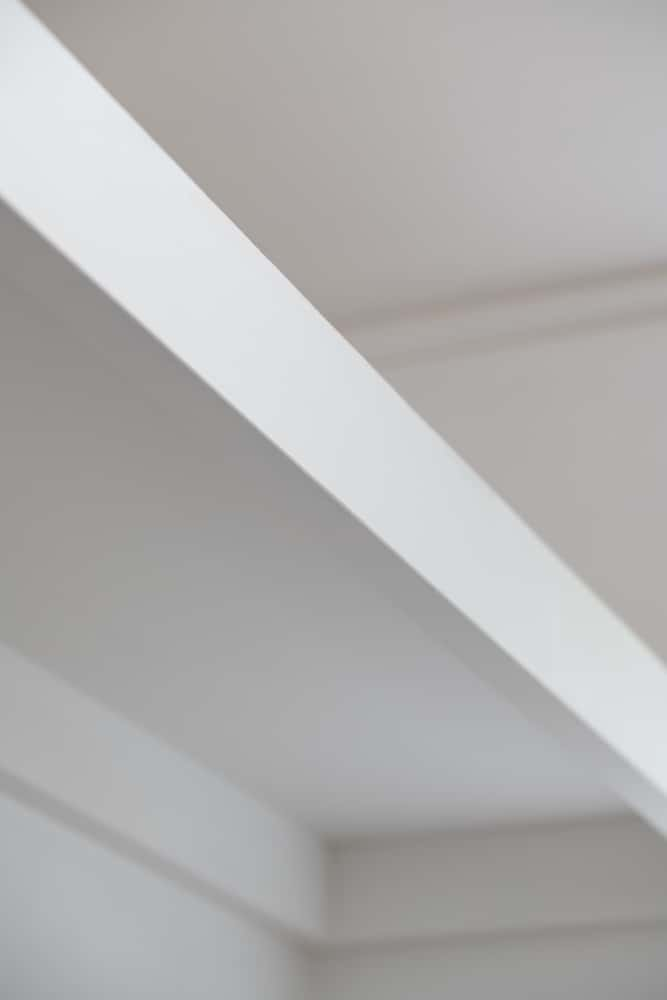
Clerestory windows need not be rectangular. The upper side can be pitched. These add a lot of character to the room. They optimise the amount of light and air that enters. This is suited to homes with sloping roofs or ceilings that are inclined at the sides.
Inclined
Another idea for houses with sloping roofs is to install inclined clerestory windows. These can make spaces appear larger.

Continued
With continued clerestory windows, extra-large windowpanes that continue downward to regular windows can look breathtaking. This makes sense for rooms that are at a higher level, with great views.
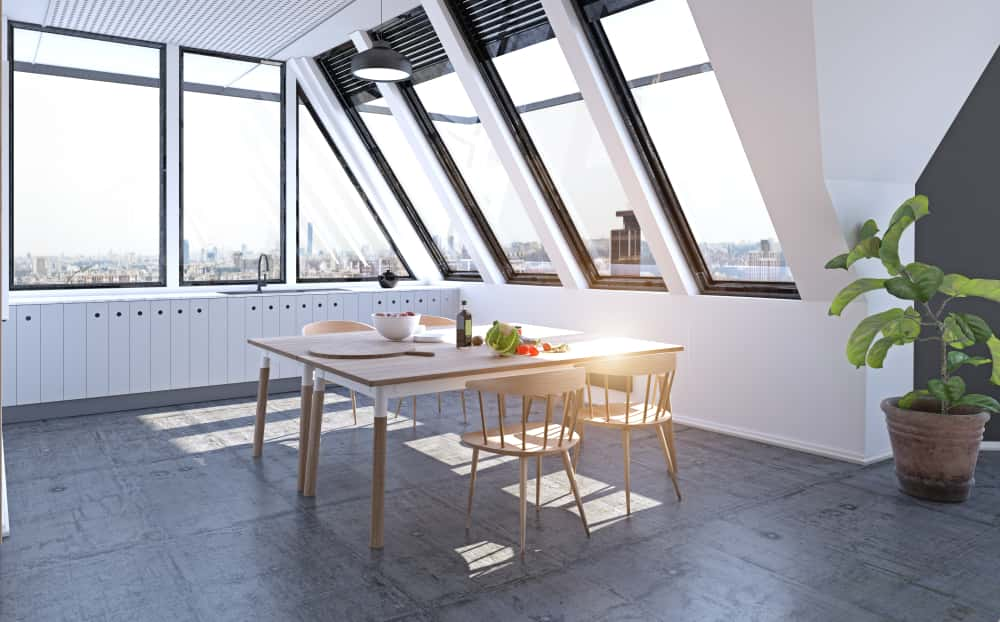
Separated
In this type, there are separate windows that are aligned below the roof. You can even think of this as a form of the skylight. It creates an attractive clerestory roof design.
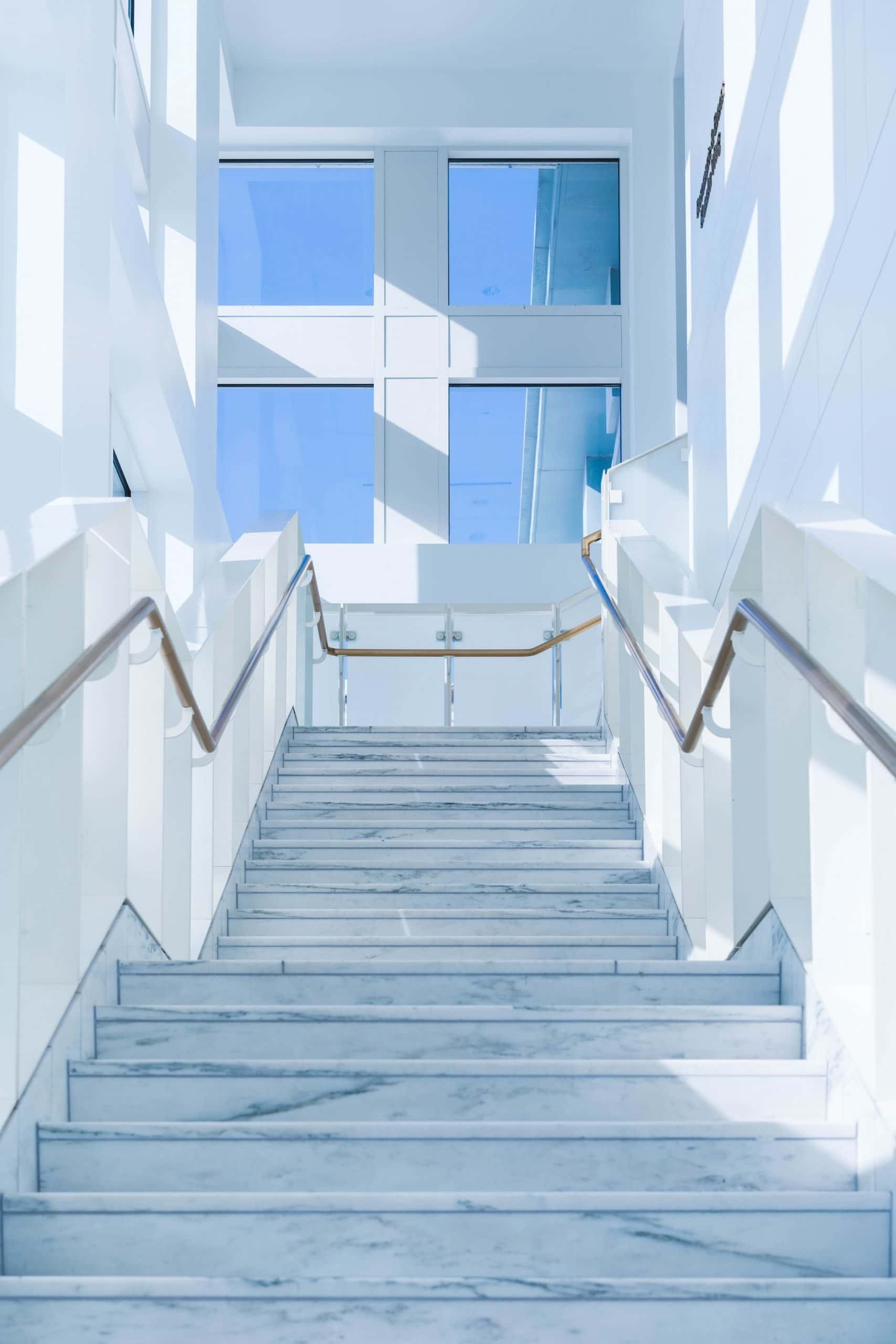
Dual
Clerestory windows can be on one side of the room, or they can be dual. In this case, there is one row of high windows on one side, matched by another row on the other or adjacent side. This adds symmetry and makes the interior light up.
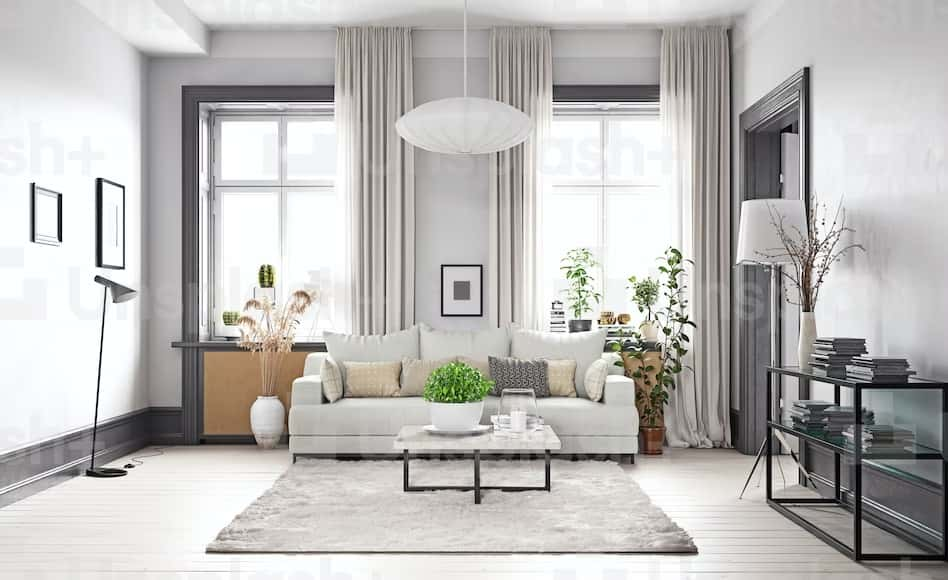
Which Interiors Can Benefit from Clerestory Windows?
By now, you already have an idea of what clerestory windows can do for your interiors. They provide natural light, air and a feeling of spaciousness. Not to mention their aesthetic appeal.
However, it should also be clear that not every home can benefit from clerestory windows. Here are the main points to keep in mind.
- Homes with high ceilings and larger rooms are ideally suited to clerestory windows.
- If sections of your home are cut off from natural light, clerestory windows can make a big difference. Some examples of areas that will benefit from clerestory design are a corridor or a kitchen.
- Ceilings on the top floor can use clerestory windows to their advantage. Such clerestory roof skylights will let in much more light.
- Some clerestory window architecture patterns are only meant for the light. At other times, you can install an opening and shutting mechanism so that you can also let in the fresh air. Clerestory windows that open are the preferred option for those in areas with plenty of natural air and sunshine.
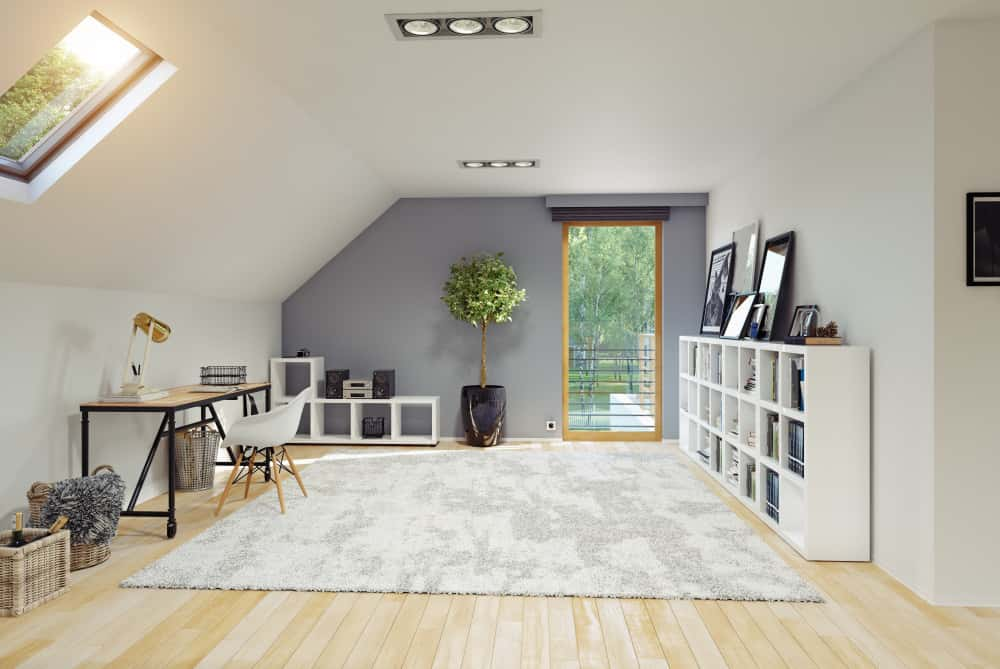
Tips for Installing Clerestory Windows
It can be a large task to set up clerestory windows in just the right way. It can take time, and it is not something that can be easily reversed.
The sections above would have given you a good idea of how to approach this endeavour. To wrap up, here are some more tips to keep in mind.
- Clerestory windows rely on stable wall support. Before installing them, you should make sure that the wall and ceiling are stable.
- When it comes to positioning clerestory windows, a good rule of thumb is to check for areas that are dark, even during the daytime. The windows can then be installed so that these areas receive natural light.
- Clerestory windows architecture plans should be designed so that they look like a seamless part of the wall and ceiling. This will make their appeal much stronger.
- You can choose the glass for clerestory windows depending on privacy and location. Frosted glass will provide more privacy, for example. Double-glazed and thicker varieties of glass will keep out the noise. In this way, the right clerestory glazing can make all the difference to houses with clerestory windows.
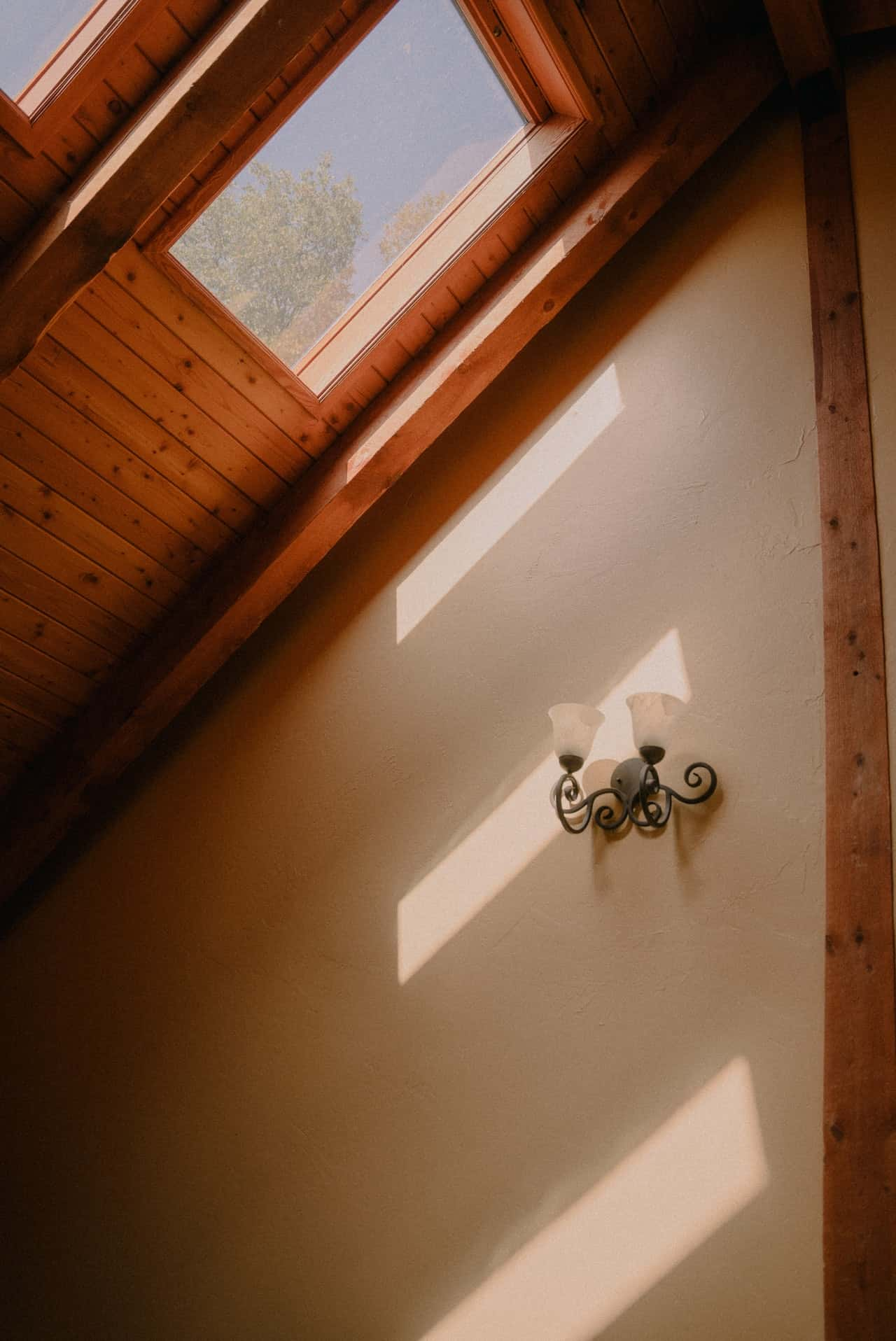
At HomeLane, we want your interiors to be the best that they can be. Once you have made up your mind about clerestory windows, we urge you to look at these contemporary designs for your living room or check out steps to dream bedroom designs.
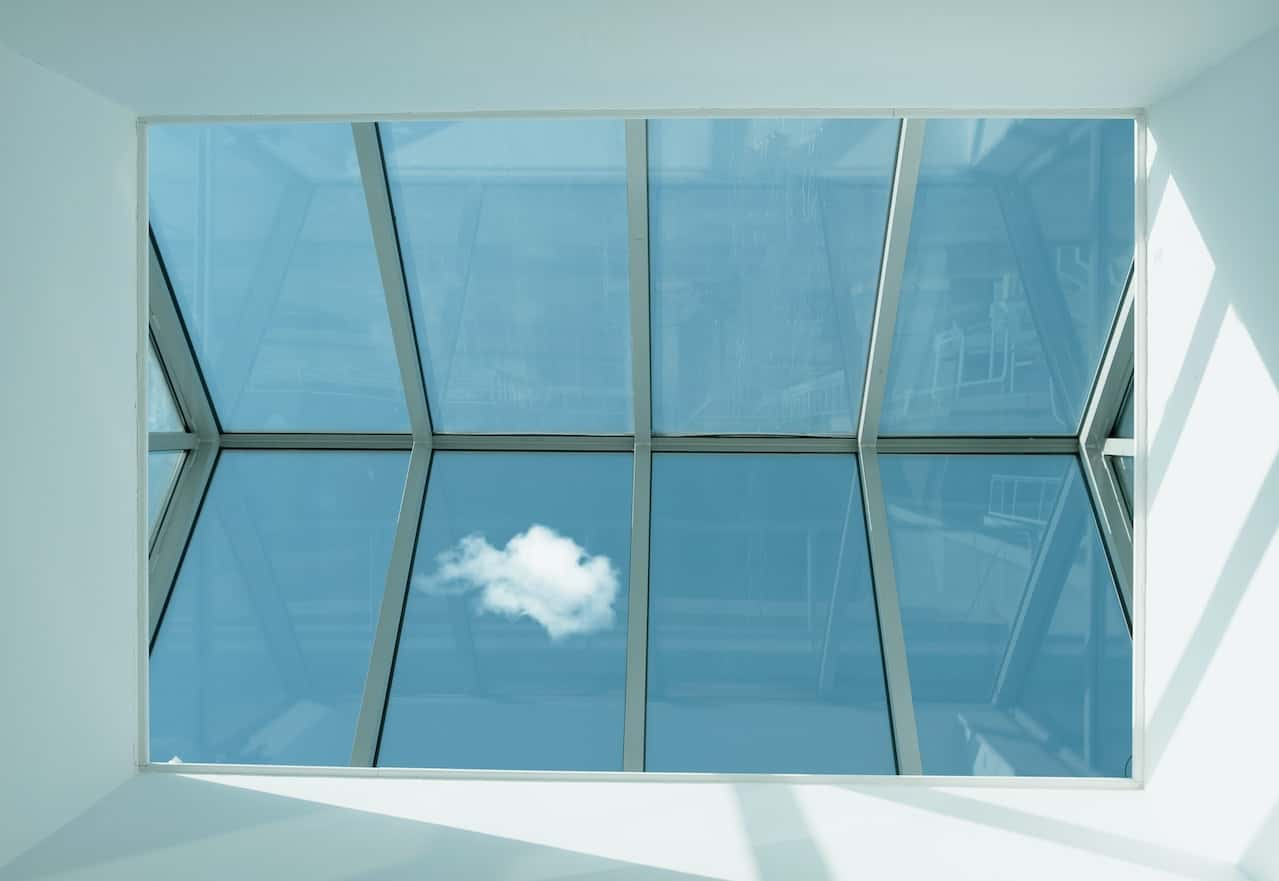
FAQs
1. What is the purpose of a clerestory window?
Clerestory windows are those that are placed above eye level in interior spaces. Their main purpose is to let in natural light. They can be just below the roof or on the roofline, too. Many modern dwellings use clerestory windows for not just light but also fresh air.
2. Where are clerestory windows used?
In public places, clerestory windows are often found in stations, churches, cathedrals, and other such large structures. They are also commonly found in homes with high walls and in places which need more natural light during the daytime.
3. What is the difference between clerestory windows and transom windows?
Transom windows are those that are built over doorways. Clerestory windows are installed on walls above eye level. One common purpose of both transom windows and clerestory windows is that they allow light to enter a space while maintaining a degree of privacy.
4. In what direction do windows get the most sunlight?
Windows that receive the most light are those facing south. These also heat up the room the most. The coolest are windows that face north. However, these let in less light. West-facing windows let in more light than those that face east.

